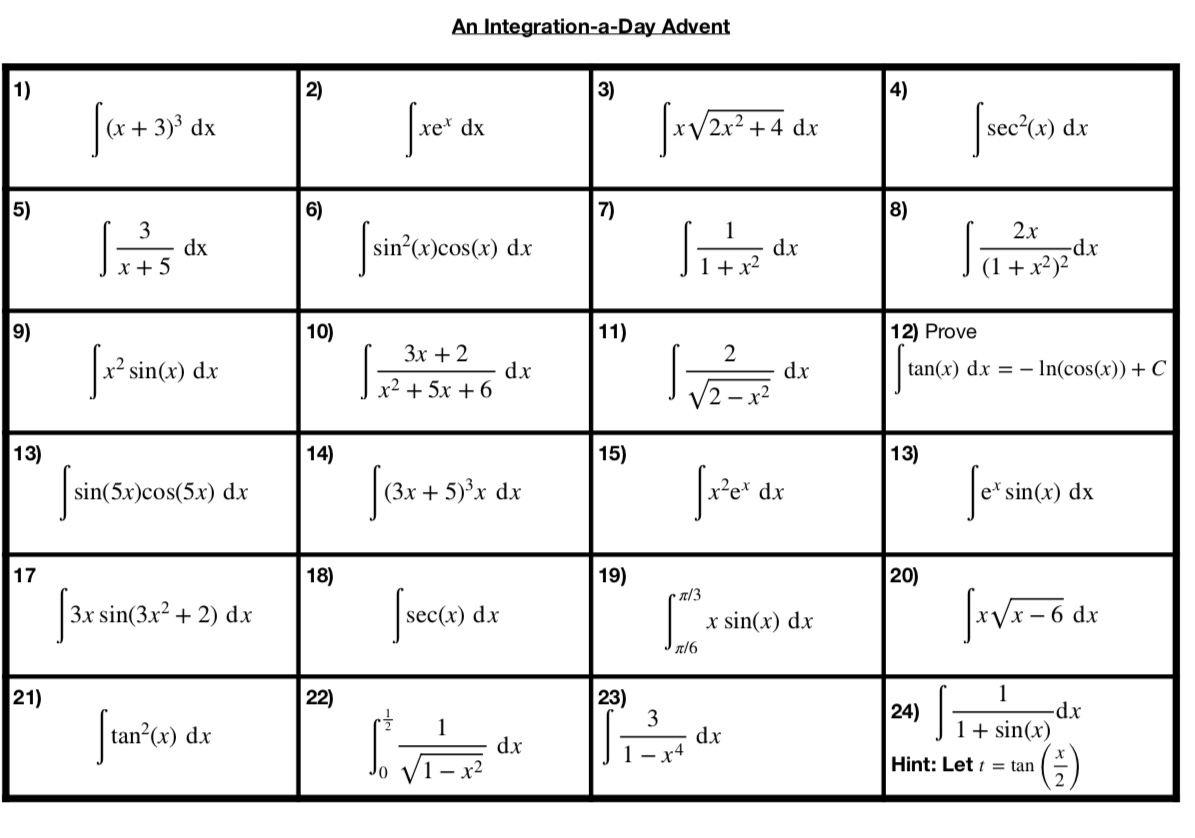On Boxing Day, I went with my family to the Nottingham Winter Wonderland.
While in the Alpine style bar I bought 2 mulled wines, a hot spiced apple juice, 1 fully loaded raclette fries (shown in the picture above) and one ham and mushroom pizza. The total cost of these was £27.50.
In a slightly contrived situation the tables around me bought the following with the associated total cost:
Table in front: 1 ham and mushroom pizza, 4 mulled wines, 3 hot spiced apple juices and 2 fully loaded fries. £50.50
Table behind: 1 hot spiced apple juice, 1 fully loaded fries. £10.50
Table to the left: 3 hot spiced apple juices, 2 fully loaded fries. £23.50.
The question is: “How much did each item cost?” Of course I would like to know the cost of each item (my memory and keeping of receipts is poor!) but I am really more interested in the method used to get the answer…












